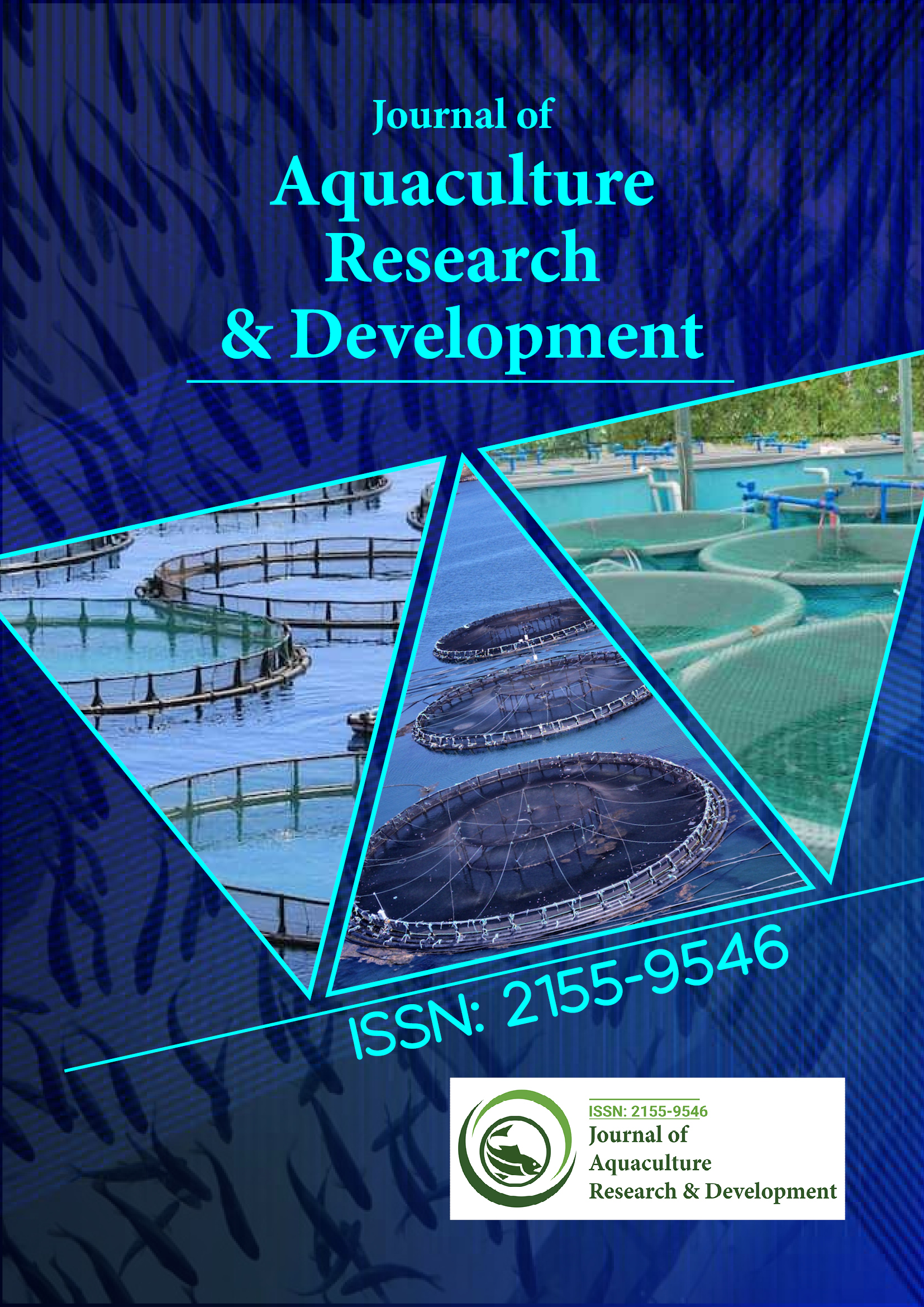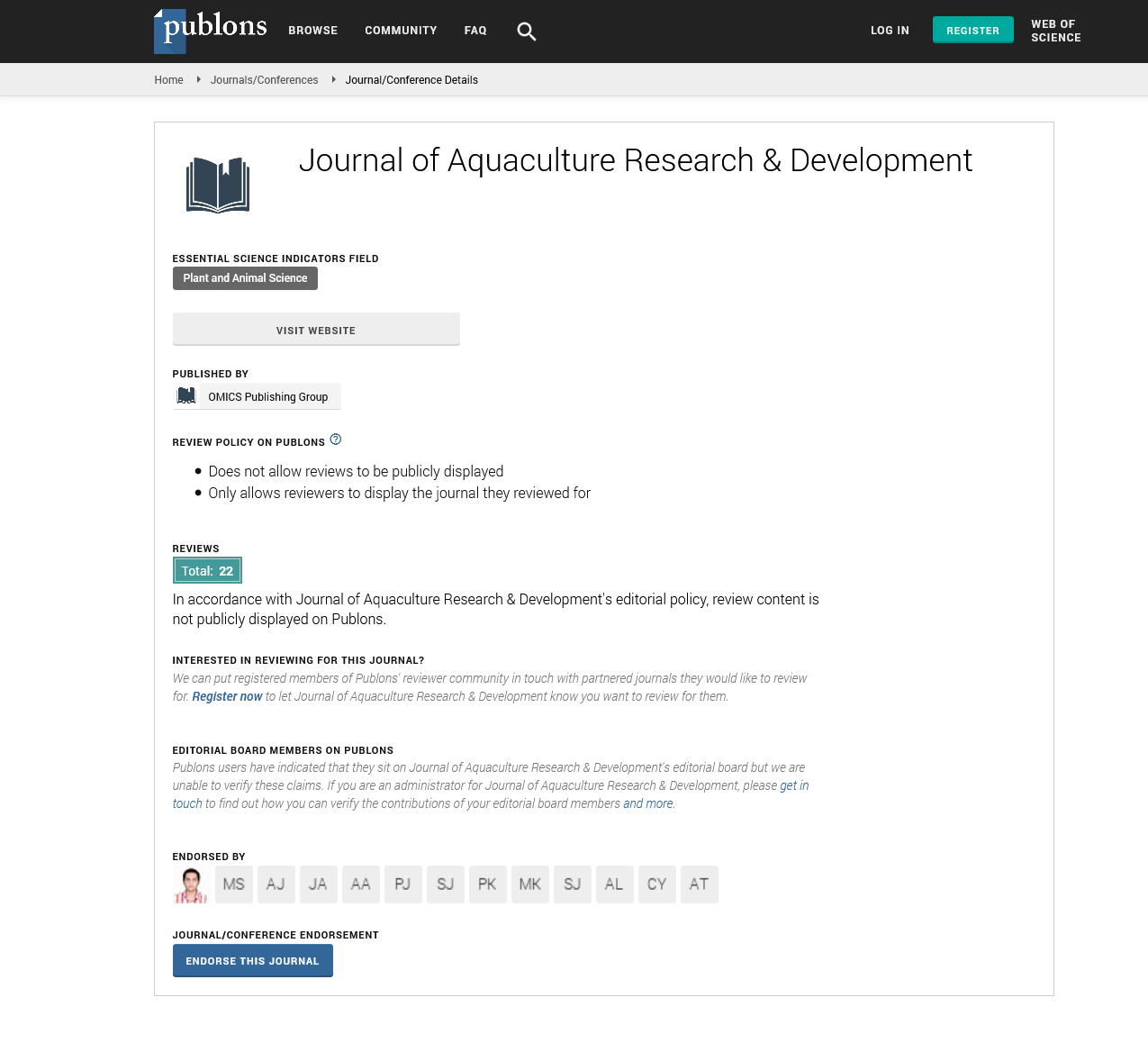Indexed In
- Online Access to Research in the Environment (OARE)
- Open J Gate
- Genamics JournalSeek
- JournalTOCs
- Scimago
- Ulrich's Periodicals Directory
- Access to Global Online Research in Agriculture (AGORA)
- Electronic Journals Library
- Centre for Agriculture and Biosciences International (CABI)
- RefSeek
- Directory of Research Journal Indexing (DRJI)
- Hamdard University
- EBSCO A-Z
- OCLC- WorldCat
- Scholarsteer
- SWB online catalog
- Virtual Library of Biology (vifabio)
- Publons
- MIAR
- University Grants Commission
- Euro Pub
- Google Scholar
Useful Links
Share This Page
Journal Flyer

Open Access Journals
- Agri and Aquaculture
- Biochemistry
- Bioinformatics & Systems Biology
- Business & Management
- Chemistry
- Clinical Sciences
- Engineering
- Food & Nutrition
- General Science
- Genetics & Molecular Biology
- Immunology & Microbiology
- Medical Sciences
- Neuroscience & Psychology
- Nursing & Health Care
- Pharmaceutical Sciences
Commentary - (2025) Volume 16, Issue 6
Opportunities and Challenges in Aquaculture Diversification
Emilio Cid*Received: 26-May-2025, Manuscript No. JARD-25-29773; Editor assigned: 28-May-2025, Pre QC No. JARD-25-29773 (PQ); Reviewed: 11-Jun-2025, QC No. JARD-25-29773; Revised: 18-Jun-2025, Manuscript No. JARD-25-29773 (R); Published: 25-Jun-2025, DOI: 10.35248/2155-9546.25.16.1000
Description
Aquaculture has emerged as a major component of global food production, responding to growing seafood demand and the limitations of wild fisheries. Over recent decades, the industry has expanded rapidly, both geographically and in terms of species cultivated. Traditionally dominated by a few species such as Atlantic salmon, tilapia and shrimp, aquaculture now encompasses hundreds of fish, crustacean, mollusk and algae species. Diversifying the range of species in aquaculture has economic, ecological and nutritional implications, influencing industry resilience, resource use efficiency and global food security.
Species diversification involves introducing new species, improving breeding programs, or cultivating multiple species within integrated systems. A comprehensive understanding of global trends in species diversification is essential for policymakers, industry stakeholders and researchers to support sustainable aquaculture development.
Species diversification
Historically, aquaculture concentrated on a few high-yield species with established market demand. Salmonids in temperate regions, tilapia in tropical areas and shrimp in coastal zones formed the backbone of commercial aquaculture. Early aquaculture expansion prioritized productivity and profitability, often at the expense of ecological considerations.
Over time, environmental pressures, disease outbreaks and market saturation encouraged diversification. Cultivating multiple species reduces reliance on single-species systems, mitigates disease risks and enhances economic resilience. Diversification also supports the production of underutilized or native species, contributing to biodiversity conservation and local livelihoods.
Global trends in species diversification
Fish remain the most extensively farmed group in aquaculture. Tilapia, carp and salmon continue to dominate, but there is growing interest in marine finfish such as groupers, sea bass and cobia. Freshwater systems increasingly explore species such as pangasius, catfish and ornamental fish for niche markets. Selective breeding, improved hatchery techniques and disease management facilitate the introduction of new species into commercial production.
Shrimp and prawns are major crustacean products, but diversification includes freshwater crayfish, lobster and crab species. Mollusk farming has also expanded beyond oysters and mussels to include clams, scallops and abalone. Integrated multi-trophic aquaculture systems combine species with different ecological niches, enhancing nutrient recycling and overall productivity.
Seaweeds and microalgae contribute to both food and feed applications. Cultivation of red, brown and green algae has increased globally, especially in Asia. These species provide essential nutrients, bioactive compounds and biofuels. Diversification in algae farming enhances the sustainability of aquaculture systems by contributing to carbon uptake and water quality improvement.
Drivers of diversification
Changing diets, health awareness and culinary trends drive the cultivation of diverse species. High-value species and local specialties attract premium prices, motivating producers to diversify production. Consumer interest in sustainable and ethically produced seafood also encourages diversification into species that require lower inputs or have reduced environmental impact.
Diversification reduces the ecological footprint of aquaculture by distributing production pressure across multiple species. Monocultures are vulnerable to disease, environmental fluctuations and resource depletion. Integrated systems that combine fish, crustaceans and algae enhance ecosystem function and resilience.
Advances in breeding, nutrition, disease control and water management facilitate the cultivation of species previously considered difficult to farm. Biotechnology enables the improvement of growth rates, feed efficiency and resistance to pathogens, supporting the commercial viability of new species.
National policies and international guidelines influence species diversification. Supportive legislation, research funding and access to training and technical assistance enable producers to experiment with new species while maintaining environmental and food safety standards.
Species diversification in aquaculture is essential for economic resilience, environmental sustainability and food security. While the industry continues to expand, reliance on a limited number of species poses risks to ecosystems and livelihoods. Diversifying the range of species cultivated mitigates these risks, spreads environmental pressure and opens new market opportunities.
Continued research, cross-regional collaboration and adaptive legal frameworks are necessary to promote safe, economically viable and environmentally responsible species diversification. Ultimately, the future of aquaculture depends on balancing innovation, ecological protection and market dynamics to meet global nutritional needs while sustaining aquatic ecosystems.
Citation: Cid E (2025). Opportunities and Challenges in Aquaculture Diversification. J Aquac Res Dev. 16:1000.
Copyright: © 2025 Cid E. This is an open-access article distributed under the terms of the Creative Commons Attribution License, which permits unrestricted use, distribution, and reproduction in any medium, provided the original author and source are credited.

